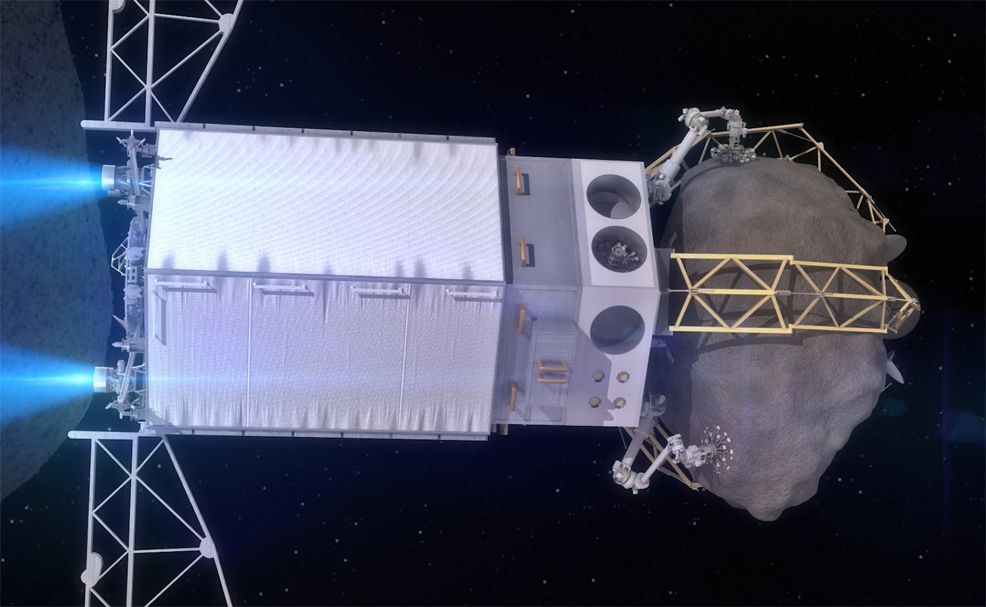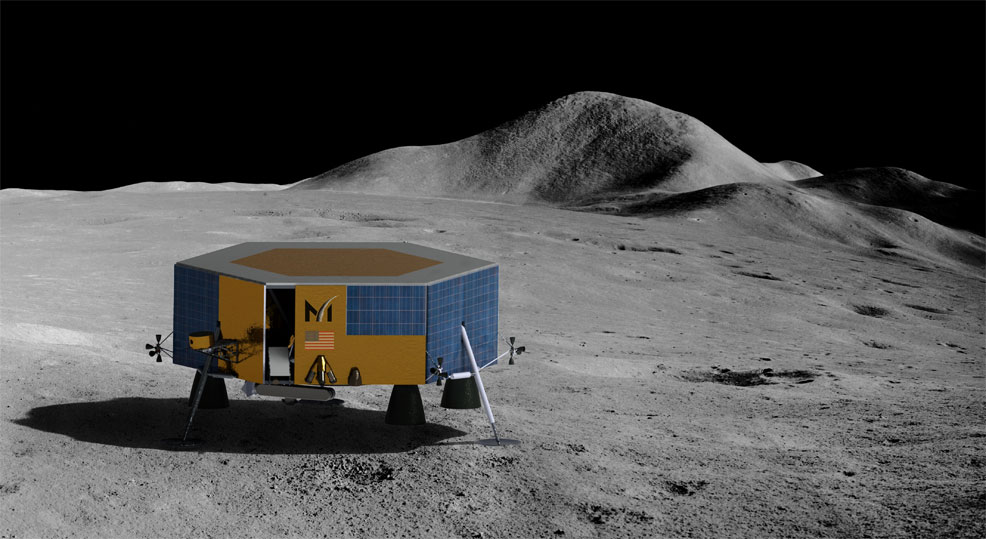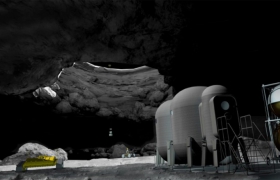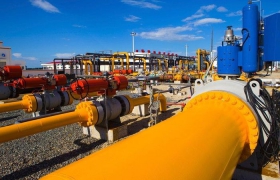- Luật
- Hỏi đáp
- Văn bản pháp luật
- Luật Giao Thông Đường Bộ
- Luật Hôn Nhân gia đình
- Luật Hành Chính,khiếu nại tố cáo
- Luật xây dựng
- Luật đất đai,bất động sản
- Luật lao động
- Luật kinh doanh đầu tư
- Luật thương mại
- Luật thuế
- Luật thi hành án
- Luật tố tụng dân sự
- Luật dân sự
- Luật thừa kế
- Luật hình sự
- Văn bản toà án Nghị quyết,án lệ
- Luật chứng khoán
- Video
- NGHIÊN CỨU PHÁP LUẬT
- ĐẦU TƯ CHỨNG KHOÁN
- BIẾN ĐỔI KHÍ HẬU
- Bình luận khoa học hình sự
- Dịch vụ pháp lý
- Tin tức và sự kiện
- Thư giãn

TIN TỨC
fanpage
Thống kê truy cập
- Online: 223
- Hôm nay: 198
- Tháng: 1621
- Tổng truy cập: 5245625
Extraction of space resources encouraged by Trump
This week, President Trump signed the "Executive Order on Encouraging International Support for the Recovery and Use of Space Resources" to spur future long-term commercial exploitation of various celestial bodies and the mining of lunar resources.
The order makes clear that the United States does not view space as a "global commons", opening the way for the mining of the Moon without any sort of international treaty.
"Americans should have the right to engage in commercial exploration, recovery, and use of resources in outer space, consistent with applicable law," it reads. "Outer space is a legally and physically unique domain of human activity, and the United States does not view it as a global commons. Accordingly, it shall be the policy of the United States to encourage international support for the public and private recovery and use of resources in outer space."
Dr. Scott Pace, Executive Secretary of the National Space Council, released the following statement on behalf of the Administration: "As America prepares to return humans to the Moon and journey on to Mars, this Executive Order establishes U.S. policy toward the recovery and use of space resources, such as water and certain minerals, in order to encourage the commercial development of space. The order reaffirms U.S. support for the 1967 Outer Space Treaty while continuing to reject the 1979 Moon Agreement, which only 17 of the 95 Member States of the United Nations Committee on the Peaceful Uses of Outer Space have ratified in the past four decades."

Credit: Erin Mahoney/NASA
In related news, NASA yesterday announced the selection of Masten Space Systems – an aerospace manufacturer in Mojave, California – to carry payloads to the Moon's South Pole in 2022. The cargo delivery will include nine instruments to study and map the lunar surface, test precision landing technologies and identify potential locations of water, in preparation for human missions.
In addition to its onboard instruments, Masten's XL-1 lunar lander (pictured below) will deploy a small rover intended to demonstrate the ability to scout quickly and autonomously over long distances, far from the initial lunar landing site. Called "MoonRanger", it will carry a neutron spectrometer system to measure the concentration of hydrogen in the Moon's regolith – potentially revealing the existence of buried water.
NASA has contracted a total of 14 American companies to deliver science and technology to the lunar surface through competed task orders. The agency plans to issue at least two such task orders per year, through which the companies can propose to take payloads to the Moon – helping to perform science experiments and test technologies to enable human expeditions beginning in 2024.
"Under our Artemis program, we are going to the Moon with all of America," said NASA Administrator, Jim Bridenstine. "Commercial industry is critical to making our vision for lunar exploration a reality. The science and technology we are sending to the lunar surface ahead of our crewed missions will help us understand the lunar environment better than we ever have before. These deliveries are on the cutting edge of our work to do great science and support human exploration of the Moon. I'm happy to welcome another of our innovative companies to the group that is ready to start taking our payloads to the Moon as soon as possible."

Masten's XL-1 lunar lander will deliver science and technology payloads to the Moon's South Pole in 2022. Credit: Masten Space Systems
By FutureTimeLines
Các bài viết khác
- Từ sự kiện Tổng biên tập báo TIME Greta Thunberg là Nhân vật của năm 2019 đến báo cáo Biến đổi khí hậu Phúc trình của IPCC báo động đỏ cho nhân loại 82021 (15.01.2020)
- Bloomberg: 100% kinh tế Mỹ sẽ rơi vào suy thoái trong 12 tháng tới! (21.04.2020)
- Sau Đại hội Đảng, sửa toàn diện Luật Đất đai (21.04.2020)
- Covid-19 bắt đầu kích hoạt cuộc chơi M&A ở ngành bất động sản (21.04.2020)
- Vingroup, FLC, BRG... đề xuất gì với Bí thư Hà Nội để chống đỡ "bão" Covid-19? (21.04.2020)


















































 Yahoo:
Yahoo: 